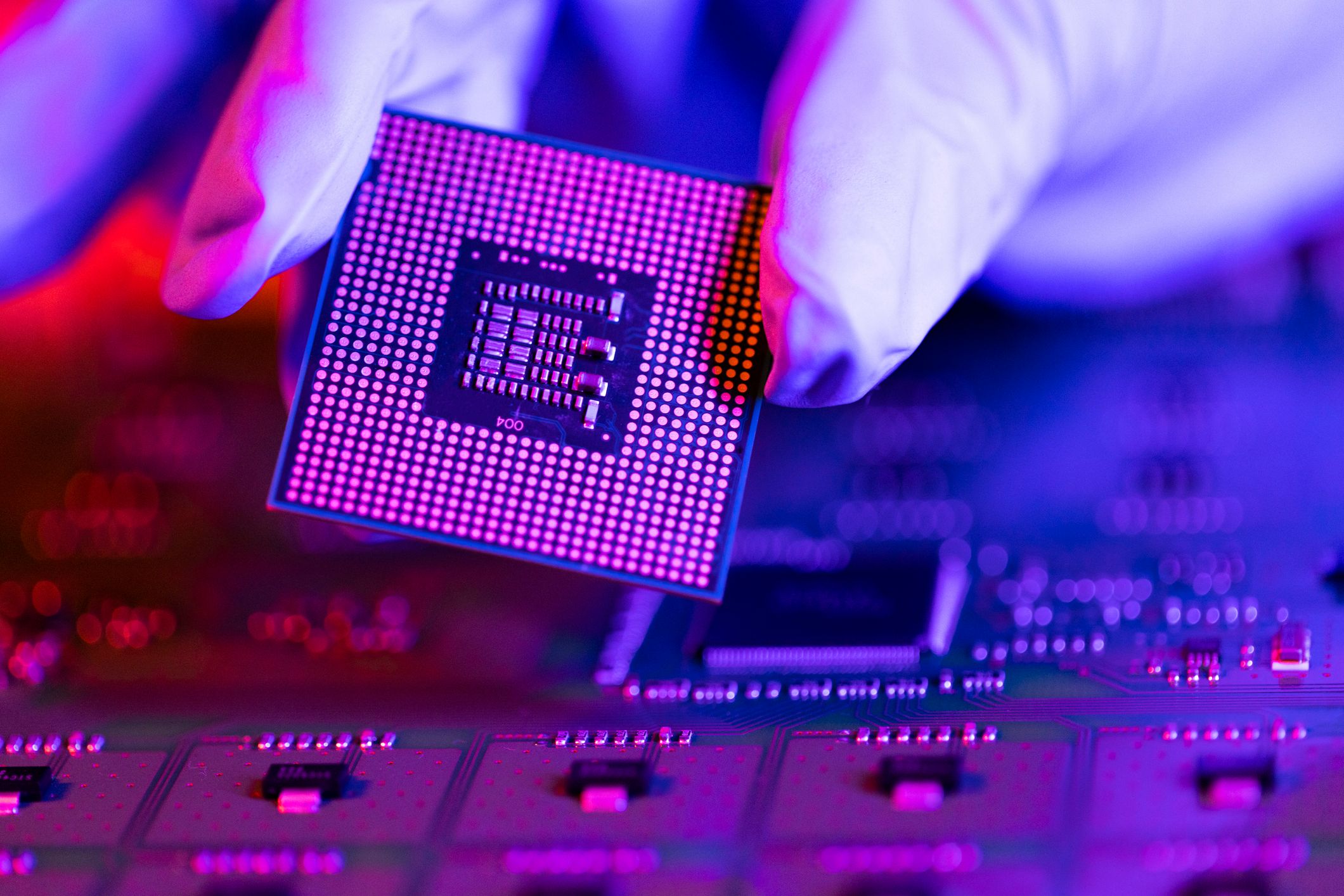It looks like Qualcomm (QCOM +0.30%) is getting ready to put the final John Hancock on its $38 billion buyout of NXP Semiconductors (NXPI 1.29%). Another major hurdle has been cleared, as the European Commission blessed the deal -- with a few conditions.
What's the story?
The regulatory review that started on June 14 has reached its conclusion at long last. Two of the European Commission's three original concerns will be relieved by commitments from Qualcomm to give other chip-makers fair access to NXP's industry-standard patents for many years.
The third issue -- which concerned whether combining NXP's market-leading share in automotive computing products with Qualcomm's smaller one would create a detrimentally anticompetitive situation -- was dropped entirely. The chip giant hopes to use NXP's products to vault into a leading position in that red-hot market, and catch the wave before self-driving cars become mainstream.
To assuage the EU regulator's concerns, Qualcomm promised to offer licenses for NXP's MIFARE near-field communications technologies for the next eight years, on terms no more onerous than NXP's license deals today. That way, other chip makers will be able to offer significant competition in this emerging industry. The patented tech in question is used in mobile payment and transaction systems all over the world, as well as applications such as subway travel cards, smart parking meters, and hotel keys. Giving Qualcomm the power to control chip pricing in this important niche might have been a bad idea, considering the company's alleged tendency to use anticompetitive tools whenever possible.
For the same eight-year period, Qualcomm also promised to ensure that competing chip sets would be able to work with its NFC products. Otherwise, Qualcomm would have been able to set high royalty rates for products inside a walled garden, where no other competing solution exists. Importantly, NXP's has already scoped out a global market for NFC chips, and it would be difficult to simply shunt that established solution aside in favor of a new and more competition-friendly solution.
Finally, some of NXP's NFC patents won't be part of the merged company. Instead, these industry-standard licenses will be transferred to a third party with the sole purpose of offering royalty-free licenses on a global level for the next three years.

Image source: Getty Images, NXP, and Qualcomm, edited by the author.
What's next?
The NXP-Qualcomm merger now has regulatory approvals from eight out of the nine necessary jurisdictions, and the last holdout -- China -- has been known to simply rubber-stamp the work of its European counterpart. That's no guarantee of a quick Chinese approval with the same conditions, but the probability of this deal hitting further regulatory speed bumps just dropped by a lot.
In real terms, the last remaining hurdle will be getting the holders of at least 80% of NXP's shares to accept Qualcomm's tender offer, which currently sits at $110 per share. Activist investors are holding out for a better deal in order to make up for the many months of lost opportunity in the stock market overall. Right now, NXP stock is trading at $120 per share.
I expect a Chinese rubber-stamp approval, but Qualcomm may or may not boost the price on its already-huge buyout bid. It might instead try to play the long game, stretching its troubled tender offer out by another month or two to see if it can capture the necessary shareholder commitments without a greater outlay.




